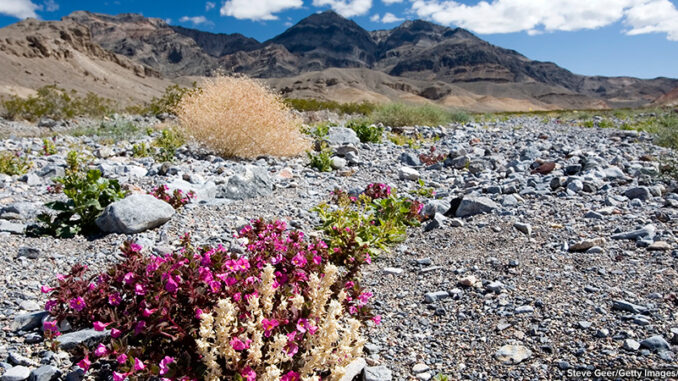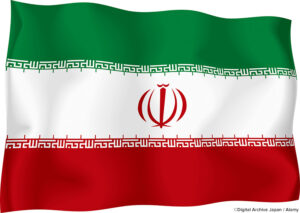
Oscar Recap
Perhaps you were one of the 34 million people who tuned into the annual Oscar telecast. If not, the evening was filled with a mixture of “sure things” and surprises. The expected winners included Leonardo DiCaprio for Best Actor in The Revenant and Brie Larson for Best Actress in Room. The biggest surprise was Mark Rylance’s win of Best Supporting Actor for Bridge of Spies over favored Sylvester Stallone for the latest Rocky-adjacent movie, Creed.
One of the biggest controversies overshadowing this year’s awards was the criticism of the nominees’ lack of diversity. All 20 contenders in the four major acting categories (Best Actor, Actress, Supporting Actor and Supporting Actress) were white. This lead to the creation of the hashtag #OscarsSoWhite. The President of the Academy of Arts and Sciences, Cheryl Boone Isaacs, issued an open letter. In it, she expressed regret over the lack of inclusion and confirmed that the Academy had, in recent years, implemented changes in an effort to diversify its membership.
What Do You Think? Did you watch the Oscar telecast? If so, what were some of your favorite moments? Do you think that the producers did a good job at addressing the “diversity issue?” Why or why not?
Elections in Iran

On February 26, the people of Iran went to the polls to elect members of its Parliament and the Assembly of Experts. While these positions are legislative in nature (similar to the U.S. Congress), their power is limited. Iran’s government is also made up of influential religious leaders Elections are held every four years. Candidates run individually against one another, after being approved by the country’s Guardian Council–an influential body made up of theologians and legal scholars. This year, around 6,000 people are competing for nearly 300 seats.
In general, the political divide in Iran is between reformists and those considered traditional hardliners. It was the reformists, led by President Hassan Rouhani, who made big gains. While the economy is often the single biggest issue in most elections, this year, Iranians are divided by their support or opposition of the nuclear agreement with the United States and other Western Hemisphere democracies. Many of the candidates who won were in favor of the deal. Many believe the shift will lead the way toward more open trade relationships with the rest of the world, including the United States.
Dig Deeper Find out the international reaction to Iran’s recent election. What does a “strong” Iran look like to others? Is it a threat or an opportunity for change.
Syrian Civil War Update
Our last look at what is going on in Syria focused on the refugee crisis. This week, we will take a closer look at the fighting (and attempts at cease-fire) and the consequences of both. In January, the Syrian Arab Army (SAA) and Islamic rebels fought in the Battle for Sheikh, located in the northern countryside. This has been considered one of the most important battles of this conflict so far. Around the same time, the Free Syrian Army (FSA, a collective of several groups who have defected from the Syrian Armed Forces) issued a public statement saying it was severing diplomatic ties with Iran and aligning with Saudi Arabia.
Last month, the United States and Russia brokered another cease-fire. While it is not a formal measure, the United Nations is hoping that the pause in fighting will pave the way for detailed peace talks. It will also allow humanitarian aid groups to reach Syrians who are unable to escape due to dangerous conditions and isolated areas and deliver much-needed food, water and medicine. The cease-fire does not apply to action taken against terrorist groups ISIS and al Qaeda.
Dig Deeper Follow the status of the peace talks, scheduled to begin March 7. Take note of any negotiated details and the challenges of maintaining long-term peace.
Super Bloom in the Desert
Death Valley got that name for a reason: nothing much ever grows there. However, every once in a while, when the average rainfall exceeds its yearly average of two inches, something beautiful can happen. Last fall, the region experienced unprecedented storms and flash floods. As a result, the desert is covered in wildflowers, more than 20 different species. El Nino (the climate cycle over the Pacific Ocean that has a great impact on weather patterns) is said to be the cause of the anomaly, last occurring in 2005.
The display, made up of purple, pink, white and gold flowers, come from seeds that are always present in Death Valley, but lie dormant due to its extreme environmental conditions. Flowers that come up year after year are called perennials. Some of the names of the flowers include Opuntia echinocarpa (with green blooms), Camissonia brevipes (gold) and Calochortus kennedyi (red). Visitors are flocking to the Death Valley National Park to take it all in before the sun dries them back to seed.
